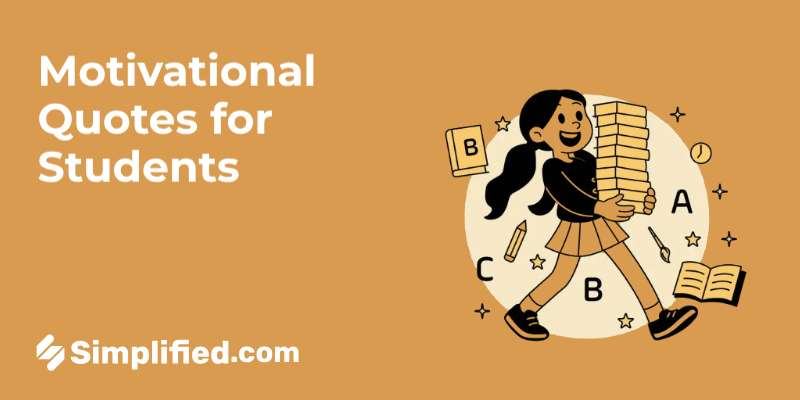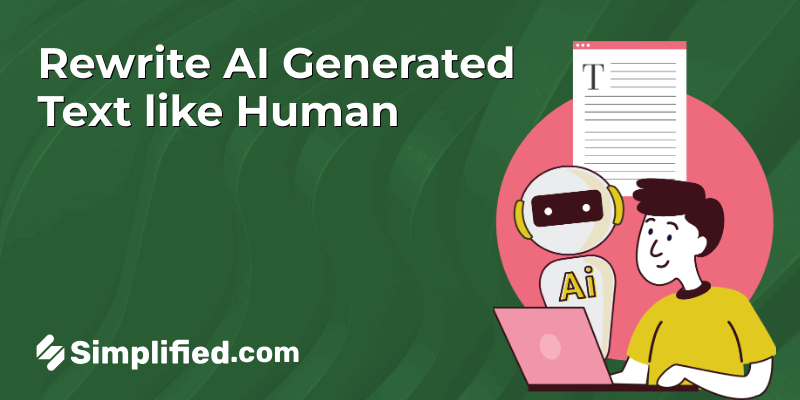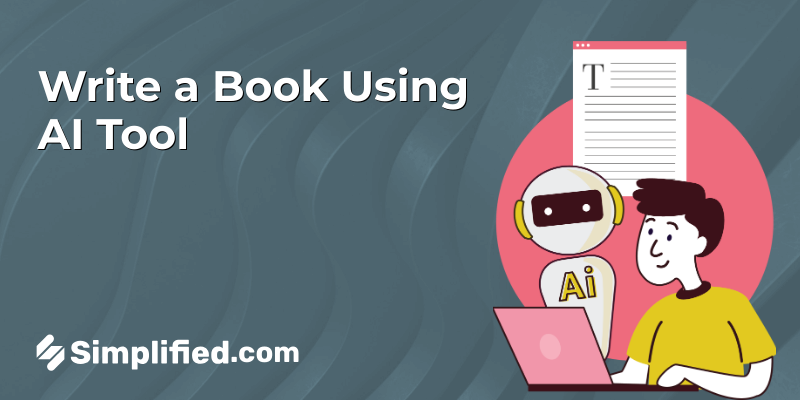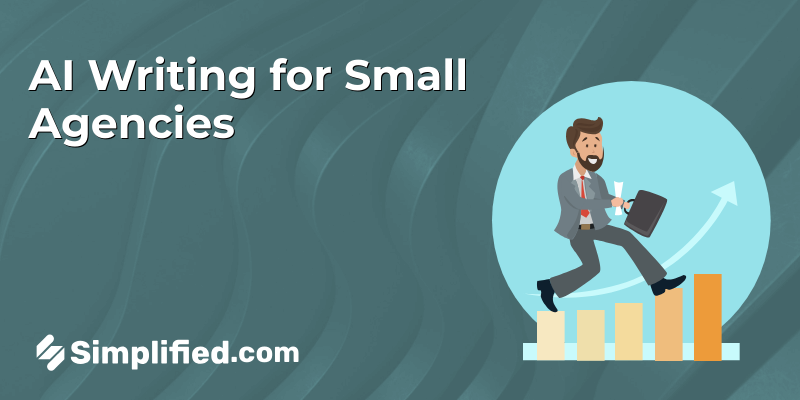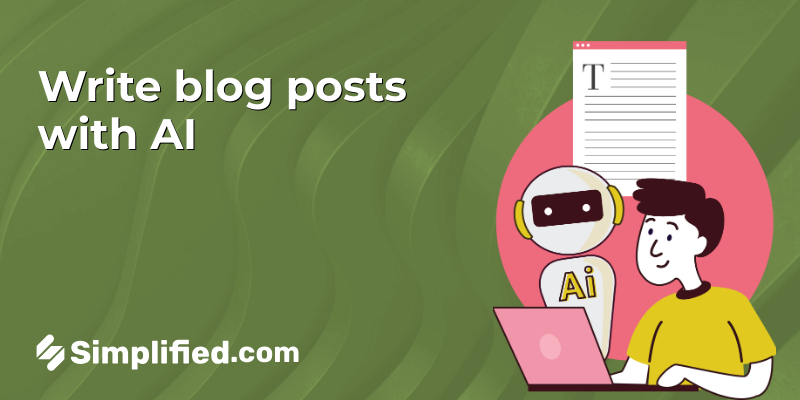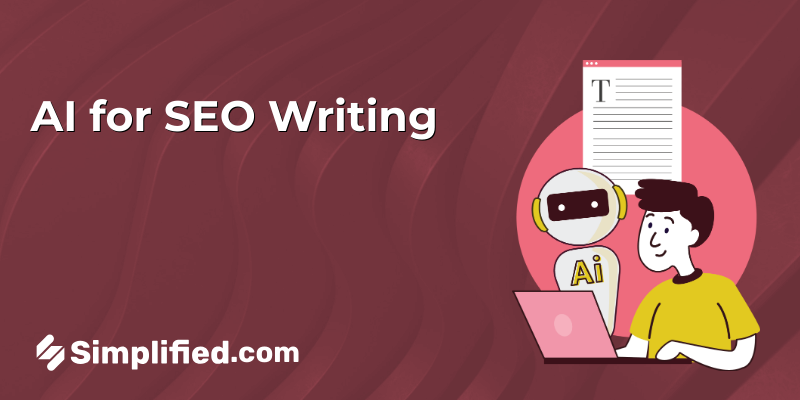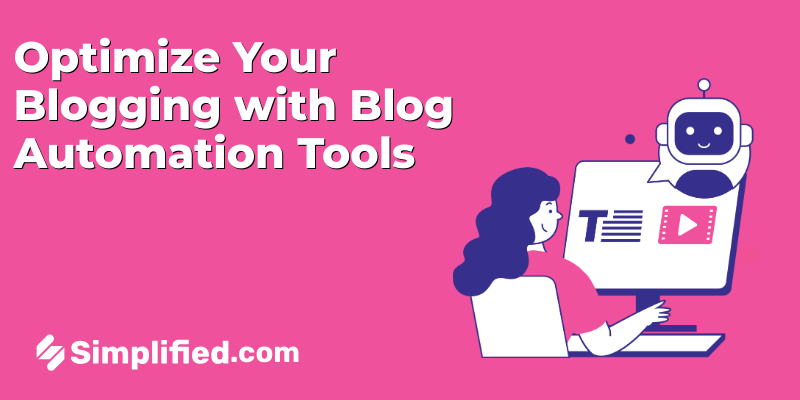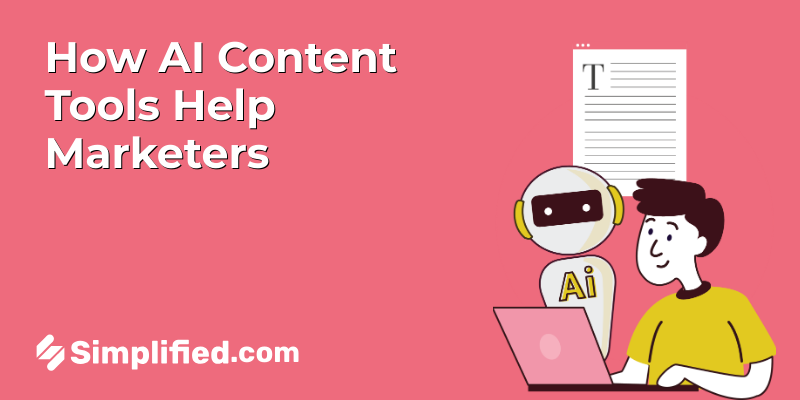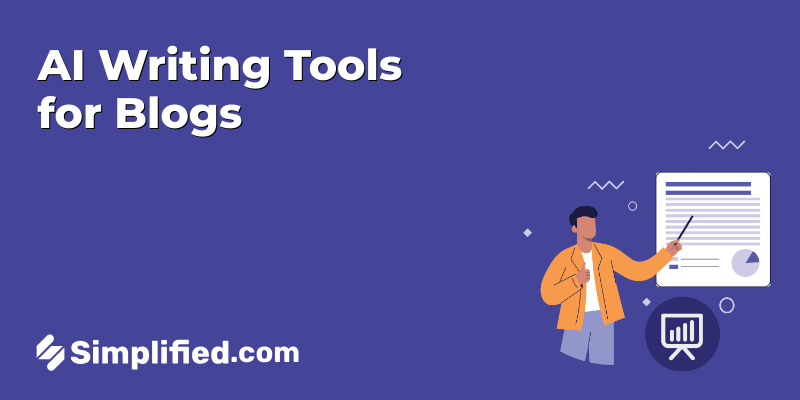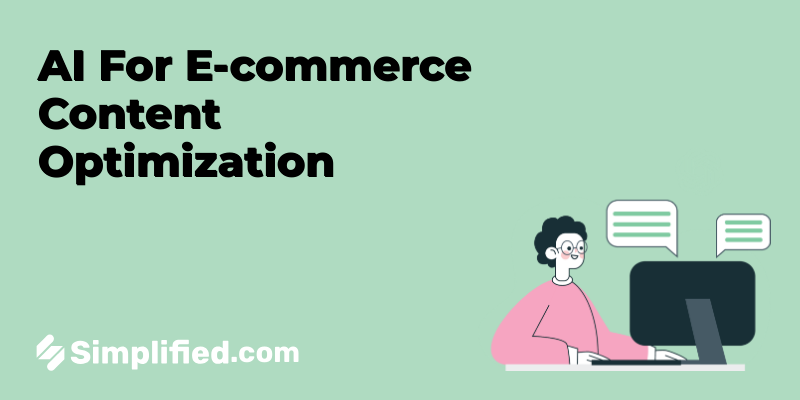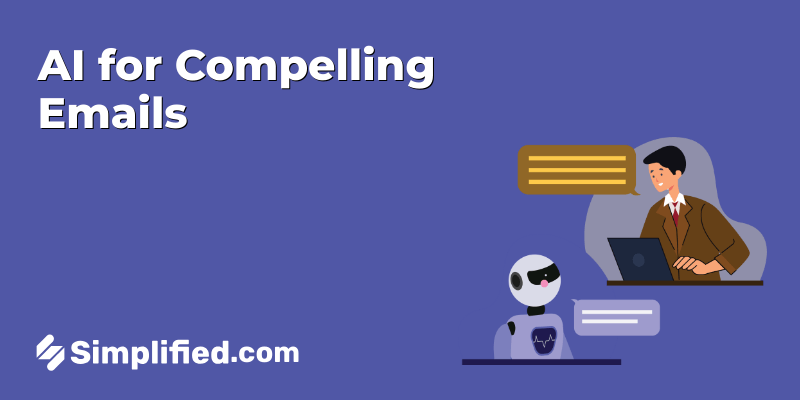Learning to write effective copy is a skill that can bring tremendous value in different verticals. Whether you’re a marketing professional, a freelance writer, or a business owner, mastering the art of copywriting can give you a significant advantage.
Copywriting is simply the art and science of crafting persuasive and compelling content. It involves understanding human psychology and using that knowledge to motivate people to take the desired action.
In today’s content-driven world, strong copywriting skills are more valuable than ever. Whether you’re a budding entrepreneur, marketer, or simply looking to hone your communication skills, mastering the art of crafting compelling copy can give you a significant edge. This blog post dives into practical copywriting tips for beginners, while also exploring the transformative potential of AI copywriting tools. We’ll show you how these innovative tools can streamline your workflow, spark creative ideas, and ultimately help you write more effective copy.
Let’s dive in!
How to Learn Copywriting from Scratch: 12 Tips to Begin With
Learning to write persuasively can seem daunting, but it’s not as difficult as it may seem. With a little hard work and dedication, you can learn the basics of copywriting.
And after that, it’s just practice, practice, practice!
Here are 12 easy tips to help you get started:
1. Research your competition
No matter what business you’re in, you can’t escape having competitors. To succeed as a copywriter, it’s essential to research your competition. Doing this helps you gain insights into their copywriting strategies, identify gaps, and create content that is more targeted and likely to convert.
Here are a few tips for researching your competition:
- Use Google to search for your competitors using relevant keywords or their company names.
- Analyze their websites to understand the type of copy they use and how they present their products or services.
- Read their blog posts and examine the topics they cover to identify popular trends or areas that haven’t been explored.
- Follow them on social media platforms to observe the type of content they share and how they engage with their audience.
2. Study your target audience
To become a proficient copywriter, it’s crucial to study your target audience. Understanding their needs, desires, and pain points allows you to create content that resonates with them.
After all, your goal is to write copy that persuades, motivates, and influences your readers to take action.
To gain insights into your target audience, you can:
- Conduct market research, surveys, and interviews to gather valuable data.
- Read industry publications and stay up-to-date with industry trends.
- Interact with experts in your field to gain a deeper understanding of your audience’s preferences and challenges.
By taking the time to study your target audience, you can ensure that your copywriting is effective and that your message is getting through loud and clear.
3. Understand what you are selling
A key aspect of successful copywriting is having a profound understanding of the product or service you’re promoting. Without this, it may be very challenging to create compelling copy that sells.
So, ensure that you thoroughly familiarize yourself with what you’re selling. To do this, you can:
- Consult industry experts, conduct interviews, or engage with product developers.
- Conduct thorough research and ask relevant questions to gain comprehensive knowledge.
- Use the product or service yourself to experience its benefits firsthand.
Once you have a clear understanding of what you’re selling, you can accurately represent its value and craft copy that effectively communicates its benefits to potential customers.
4. Turn features into benefits
In copywriting, it’s essential to transform product or service features into tangible benefits for the customers. People are more interested in how a product or service can improve their lives rather than its technical specifications.
For instance, let’s consider a toothbrush with a built-in timer as a feature. The benefit of this feature is that it helps people brush their teeth for the recommended amount of time, resulting in better dental health.
When writing copy, always keep your audience in mind and emphasize how the features of your product or service positively impact their lives. By highlighting the benefits, you’ll be well on your way to creating persuasive copy that resonates with your audience.
5. Be a storyteller
No matter what you’re writing – whether it’s a marketing piece, a blog post, or even just a personal email – you’re always telling a story. And as a copywriter, it’s your job to tell that story in a way that is compelling, interesting, and ultimately effective.
To incorporate storytelling into your copy:
- Focus on the elements of a good story, such as characters, conflict, and resolution.
- Use narratives to illustrate how your product or service can solve problems or fulfill desires.
- Share personal anecdotes or customer success stories to evoke emotions and create a connection with your audience.
By doing this, you’ll be able to create copy that is not only more compelling but more memorable as well. And that’s what good copywriting is all about.
Bonus: 18 AI Copywriting Tools That Helps Create Amazing Content
6. Develop an emotional connection with your audience
The most effective copywriting creates an emotional connection with the audience. It speaks to their needs and desires, and it resonates on a deeper level. When you can tap into the emotions of your audience, it increases your chances of effectively selling your products or services.
So how do you create an emotional connection with your audience? The first step is to understand what they want and what they need. Once you know this, you can craft your message in a way that speaks to their emotions.
Use language that evokes positive feelings and tap into the power of stories to create an emotional connection with your audience.
7. Try popular copywriting formulas

There are times when you may feel the infamous ‘writer’s block.’ A simple way to start is to use popular copywriting templates that have been tried and tested over the past years.
For example, the AIDA and PAS framework, or the before-after-bridge formula. You can simply add your product details and answer a few questions to find a great copy.
Additionally, AI copywriting tools like Simplified can provide you with templates and examples that align with these formulas, enabling you to produce engaging copy with ease. This online tool is both free and easy to use; all you have to do is enter a few key details, and your hot-selling copy is ready!
Try out Simplified to create great copy – for free
8. Have a swipe file handy
If you’re not familiar with the term, a “swipe file” is simply a collection of good examples that you can refer to for inspiration when you’re stuck.
This could be a folder on your computer filled with screenshots of great ads, copies of emails that converted well, or even a physical file cabinet with printouts of your favorite direct mail pieces.
As a copywriter, it’s important to have a swipe file handy, so you can reference it when you need some inspiration. There’s no shame in looking at other people’s work for ideas or inspo; it’s one of the best ways to learn and improve your skills.
So next time you’re feeling stuck, take a look at your swipe file and see if anything jumps out at you.
9. Add some personality to your copy
Adding personality to your writing is crucial when creating copy for websites, marketing materials, or any communication channel.
Your goal is to connect with your audience and inspire them to take action. Injecting personality into your writing helps create a genuine and relatable voice.
Consider the following tips to add personality to your copy:
- Write as if you’re having a conversation with a friend, allowing your authentic voice to shine through.
- Use humor when appropriate to create a memorable and enjoyable reading experience.
- Choose topics that resonate with your audience, making your writing relatable and relevant.
- Incorporate personal anecdotes or customer stories to engage and establish a connection.
- Use active voice to make your writing more vibrant and engaging.
10. Keep practicing and polishing your skills
Once you have a good grasp of writing strong copy, you must keep practicing to get better. Joining a community of writers, for example, can help you learn more through knowledge transfer.
Copywriting is a dynamic industry that keeps changing as the market changes. You must stay up to date by having conversations and understanding buying patterns.
If you are wondering how long it takes to learn copywriting, you should have patience! It’s not a skill that you can learn in a few months, and there are no quick formulas.
11. Embrace thorough editing and proofreading
Effective copywriting involves thorough editing and proofreading to ensure clarity, coherence, and error-free content. Even the most well-crafted copy can be undermined by grammatical mistakes or unclear phrasing.
After writing your initial draft, take the time to review and revise your copy with a critical eye. Pay attention to sentence structure, grammar, punctuation, and spelling. Ensure that your copy flows smoothly, maintains a consistent tone, and effectively conveys your intended message.
Consider using writing tools, such as grammar checkers or proofreading software like Grammarly, to assist you in catching any overlooked errors or inconsistencies. A grammar checker can be an invaluable tool for this stage of the process; it enhances your copy’s professionalism by flagging potential pitfalls before they detract from your message.
Pro Tip: When you use Simplified’s AI Writer, you’ll enjoy an in-built Grammarly integration to help you check spelling, grammar, and punctuation, get great suggestions for rephrasing, and communicate what you want to say clearly and effectively.
12. Master the art of writing headlines
Headlines are the gateways to your copy. They need to capture attention, pique curiosity, and entice readers to continue reading.
To craft attention-grabbing headlines:
- Be concise and impactful.
- Use power words that evoke emotion or curiosity, like Amazing, Jaw-dropping, Unforgettable, Incredible, and Mind-blowing.
- Highlight a clear benefit or solution.
- Incorporate numbers, questions, or intriguing statements.
- Test different variations to see what resonates best with your audience.
A well-crafted headline can make a significant difference in attracting readers and increasing engagement with your copy.
Bonus: The 10 Best Free AI Writing Generators & AI Writing Assistants For 2023
Leveraging AI to Enhance Your Copywriting Process
AI copywriting tools have become extremely popular for modern copywriters. Whether you’re writing a cover letter for a job application or an email to a client, it can be tough to know where to start. That’s where Simplified comes in.
This all-in-one marketing tool helps you write instant marketing copy that captures attention and converts like never before – for free!
In just seconds, you can generate over 70 types of copy for blogs, articles, ads, products, websites, and social media. Say goodbye to writer’s block and hello to unique, plagiarism-free content that stands out from the crowd.

But that’s not all! We offer 80+ AI templates to help you create quality content that converts. Whether you need business bios, Facebook ads, product descriptions, emails, landing pages, YouTube descriptions, or taglines, our AI writer has got you covered.
Plus, we support over 30 languages, so you can reach broader audiences with ease.
But don’t just take our word for it. Sign up today and see how easy it is to write copy that sells!






